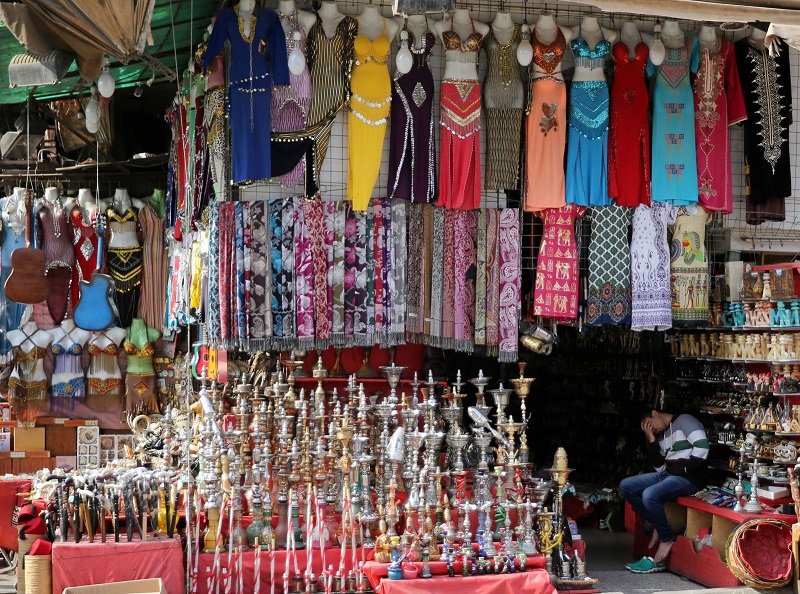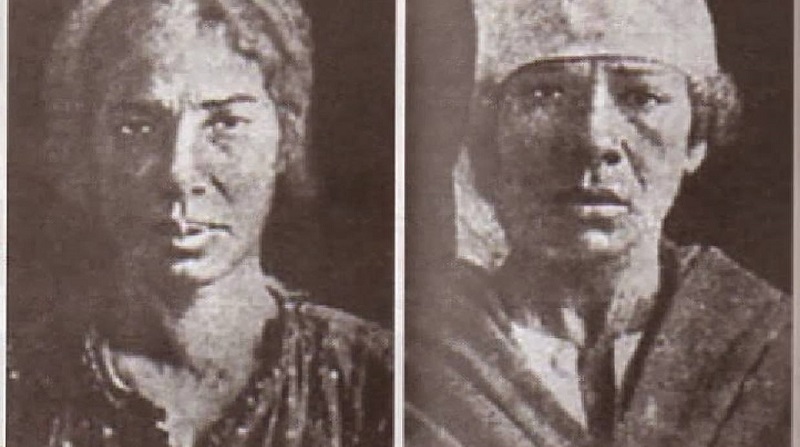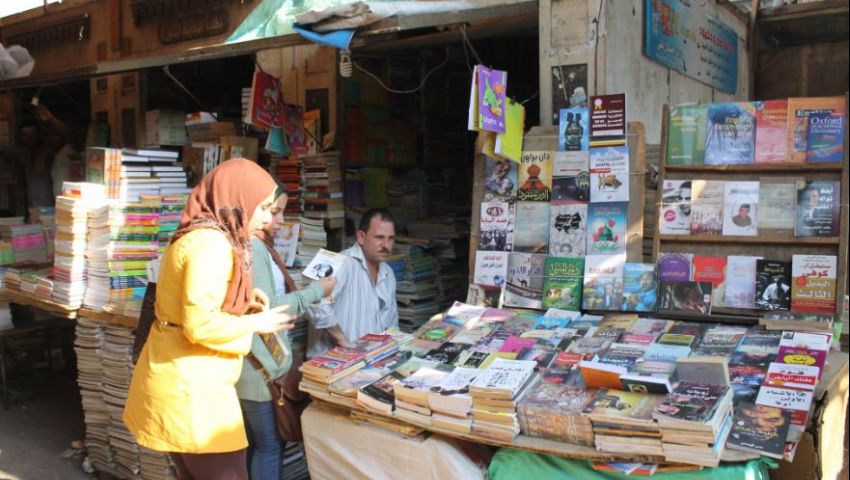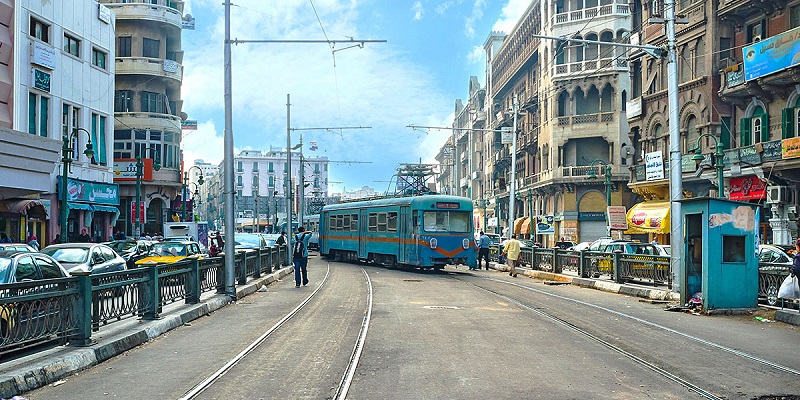By Febronia Hanna
Egypt has always been the land of wonders; it has all the right things that we look for in an exotic place. The street lights at night, the buildings that come from different eras, cultures and their poor imitations in areas that aren’t anything less than chaotic. We observed the stems of these streets, looked for the roots and brought them to you.
Zan’et Elsetat Street (The One With The Serial Killers)

The name of the street literally translates to the shoving and pushing of the ladies, which is exactly what happens in this street. It is filled with traders who very skillfully empty the female visitors’ pockets.
They sell everything anyone might need. If you are looking to decorate a new home, buy unique accessories picked from a never-ending collection or even design your own clothes, then Zan’et Elsetat is the right place for you. This has caused the street to be over-crowded with brides/grooms to be and a non-stop series of “Zagharit”.

The street’s status was first formed at the beginning of last century. Moroccan and Lybian traders hit the Mansheya street, a street that falls close to ElZan’a, to sell their goods. The street was first called “Sook ElMagharba”, as Greeks, Moroccans, Jews, Lybians and Levantines owned all the shops and all the houses.

Two things would make the street historically interesting; Rayya and Sekina’s legend and what was called the white house.
For those who don’t know; Rayya and Sekina are the sisters that were said to be settled at Alexandria in the very same street we are talking about. They lured the brides to be that shopped in the street, took them to their house’s basement, butchered them and then stole their gold.

The Street’s white house is a building where all fights and unresolved issues are addressed. No one gets out of the building without having reconciled. Now the building is abandoned but stands as a symbol of the remains of street wisdom and a lesson for peaceful problem solving outside court.
El Attaba (The One With Everything)

El Attaba, It’s more than a hypermarket, it’s a SUPER HYPERMARKET, with everything you might need to look for. It’s not just one street; it’s a collection of streets each specializes in a different trade.
There’s a street for clothes, a street for accessories, one for raw materials, sewing equipment and to your surprise, you’ll also find streets that sell glasses, camera equipment and even paper markets where you’ll find printing material at exceptionally cheap prices.

El Attaba has the best book market, Soor ElAzbakeya, a place where you’ll find hundreds of shops that sell old magazines and books as well as newly published ones. You will find that the very humble place is very crowded with intellectual treasures.
You’ll also find there a place called Mohammed Ali Street, a place well known for manufacturing musical instruments, from designing how the instruments should look to actually manually carving and cutting the wood and picking the strings to polish them and using them. As a result, it has become one of the streets full of interlacing sounds and the socializing of musicians.

It all started when Prince Azbek decided to build a mosque there in 1495, then baths and windmills started opening around the mosque. After a while, people started selling things in the area. Azbek’s mosque kept standing there until it was time to renew ElAttaba street, and it was taken down.
Things got official when ElKhedewi Esmail wanted to build a new market that is paved with bricks like the ones that Paris and England were famous for. This happened in the year 1869 when the area got fresh water supply, sewage, doors, and roads to connect and separate it from other streets.
In some way, these streets are the essence of what Egypt really is. They are just a cultural spot where you can stay for a day and just know what people think, act, what they believe in and how to blend in with the locals.



